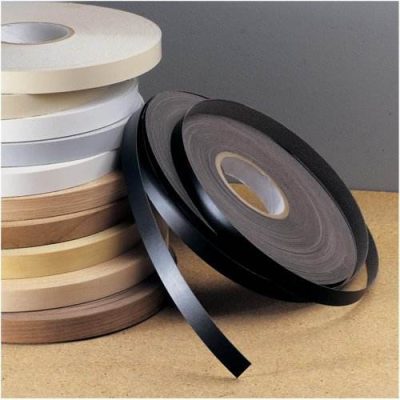The temperature at which pre-glued edge banding should be applied depends on the specific adhesive used in the edge banding and the manufacturer’s recommendations. Pre-glued edge banding typically comes with a heat-activated adhesive, and it requires the right level of heat to ensure a strong and secure bond.
Here are some general guidelines for applying pre-glued edge banding:
- Activate the Adhesive: Pre-glued edge banding is designed to activate and bond with the substrate when heat is applied. The recommended activation temperature can vary depending on the adhesive type and brand, so always refer to the manufacturer’s instructions for the specific edge banding you are using.
- Common Activation Temperature: In general, pre-glued edge banding is often activated at temperatures between 160°C to 220°C (320°F to 428°F). However, this can vary, so it’s crucial to check the packaging or product specifications.
- Using an Edge Banding Iron: To activate the adhesive, you can use an edge banding iron or a household iron with a low-temperature setting. Set the iron to the recommended temperature, and ensure that it is evenly heated before applying it to the edge banding.
- Apply Even Heat: When using an iron, apply even heat to the edge banding by moving the iron slowly along the length of the banding. Be sure to maintain consistent pressure and cover the entire surface to ensure proper activation.
- Check for Proper Activation: Proper activation is indicated when the edge banding adheres firmly to the substrate, and the adhesive is fully melted. You should be able to feel the bond forming as you press down on the banding.
- Trim Excess: After the adhesive is activated, trim any excess edge banding material using an edge banding trimmer or a utility knife. Trim carefully to achieve a clean and flush finish.

Always follow the manufacturer’s guidelines for temperature settings and activation times, as they can vary depending on the specific adhesive used in the pre-glued edge banding. Using the correct temperature is crucial to ensure a strong and durable bond between the edge banding and the substrate.
